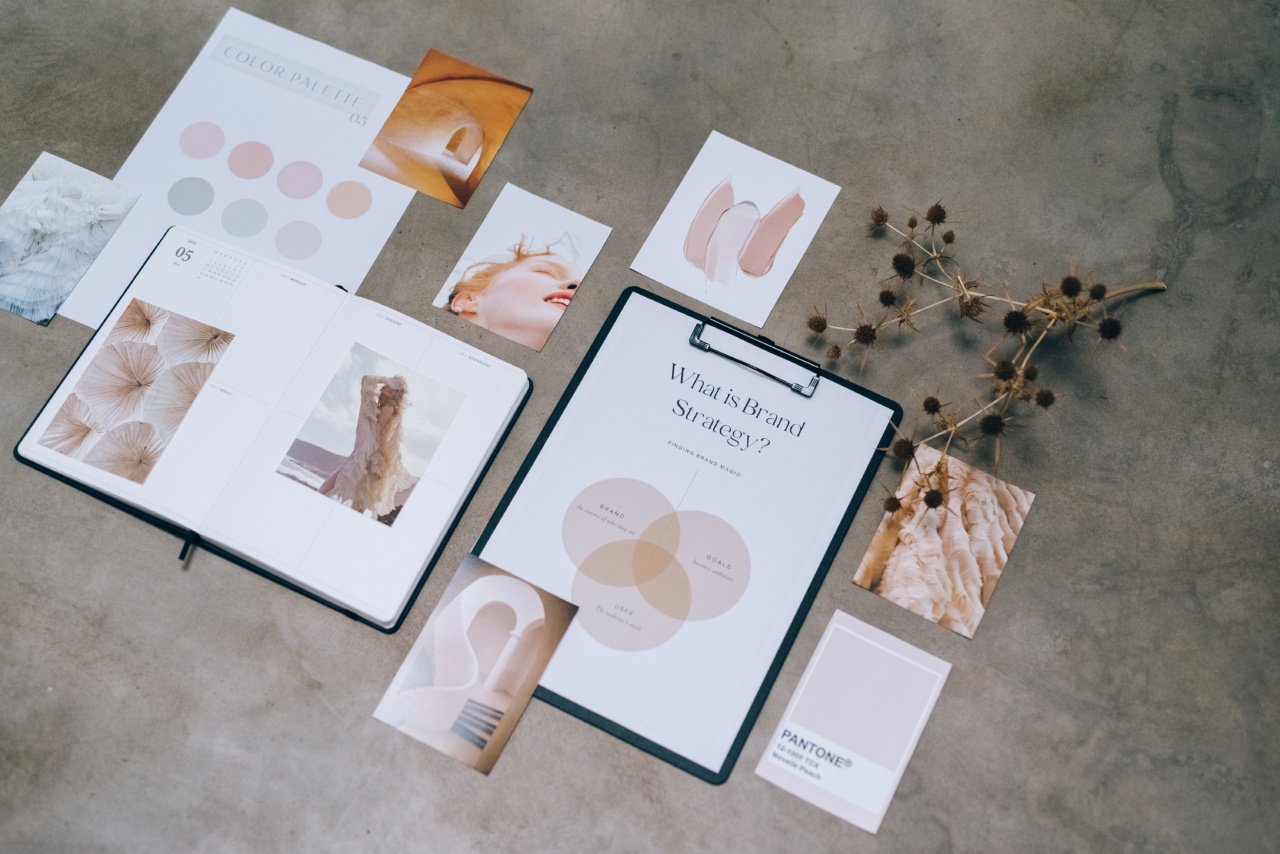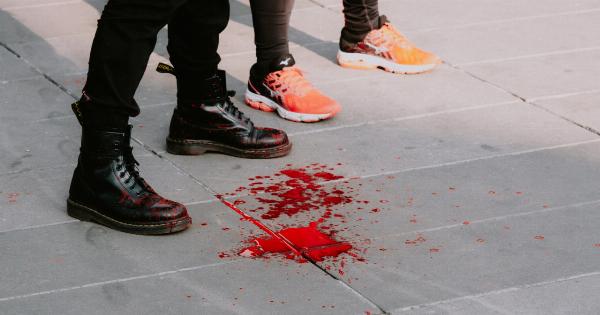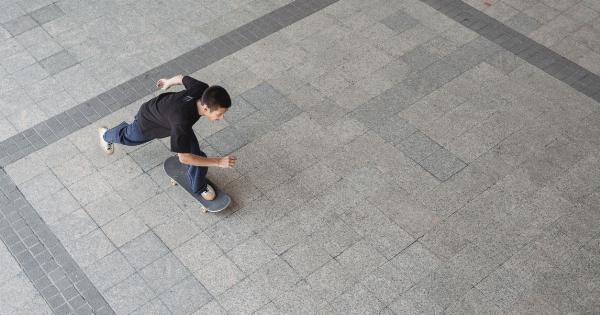Orthostatic hypotension, also known as postural hypotension, is a condition that causes a sudden drop in blood pressure when a person stands up from a sitting or lying position.
This can lead to symptoms such as dizziness, lightheadedness, and even fainting. While there is no cure for orthostatic hypotension, there are strategies that can be employed to minimize its symptoms. In this article, we will discuss 10 strategies to minimize symptoms of orthostatic hypotension.
1. Stay Hydrated
Dehydration can cause a drop in blood pressure, which can exacerbate the symptoms of orthostatic hypotension. It is important to stay hydrated by drinking plenty of fluids throughout the day.
This means drinking water, juice, and other non-caffeinated beverages.
2. Avoid Alcohol and Caffeine
Alcohol and caffeine are both diuretics that can cause dehydration and a drop in blood pressure. It is important to avoid these substances or consume them in moderation if you have orthostatic hypotension.
3. Wear Compression Stockings
Compression stockings can help to improve blood flow and prevent blood from pooling in the legs, which can exacerbate symptoms of orthostatic hypotension. These stockings are tightest at the ankle and gradually get looser as they go up the leg.
4. Elevate the Head of Your Bed
When you sleep, try to elevate the head of your bed by 4-6 inches. This can help to prevent blood from pooling in the legs, which can exacerbate symptoms of orthostatic hypotension.
5. Take Your Time When Standing Up
When you stand up from a sitting or lying position, take your time and do it slowly. This will give your body time to adjust to the change in position and can prevent a sudden drop in blood pressure.
6. Use a Tilt Table
A tilt table is a medical device that allows a person to be tilted from a lying position to a standing position while monitoring their blood pressure and heart rate.
This can help to diagnose orthostatic hypotension and can also be used as a treatment for the condition.
7. Increase Salt Intake
Salt can help to increase blood volume, which can help to raise blood pressure and minimize symptoms of orthostatic hypotension.
However, it is important to consult with a healthcare professional before increasing your salt intake, as too much salt can be harmful.
8. Exercise Regularly
Regular exercise can help to improve blood flow and strengthen the muscles that help to maintain blood pressure.
However, it is important to consult with a healthcare professional before starting an exercise program, as some types of exercise can exacerbate symptoms of orthostatic hypotension.
9. Medication
There are several medications that can be used to treat orthostatic hypotension. These medications work by increasing blood volume or constricting blood vessels to raise blood pressure.
It is important to consult with a healthcare professional before starting any medication.
10. Raise Leg Cross-Legged
Raising your legs by crossing them can help to improve blood flow and prevent blood from pooling in the legs, which can exacerbate symptoms of orthostatic hypotension. This strategy can be especially helpful when sitting for long periods of time.
Conclusion
Orthostatic hypotension can be a debilitating condition that can significantly impact a person’s quality of life. While there is no cure for the condition, there are strategies that can be employed to minimize its symptoms.
By staying hydrated, avoiding alcohol and caffeine, wearing compression stockings, elevating the head of your bed, and taking your time when standing up, you can help to minimize the symptoms of orthostatic hypotension and improve your overall health and wellbeing.






























